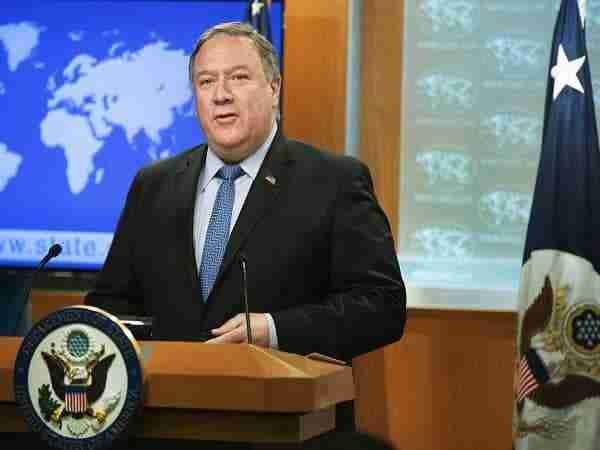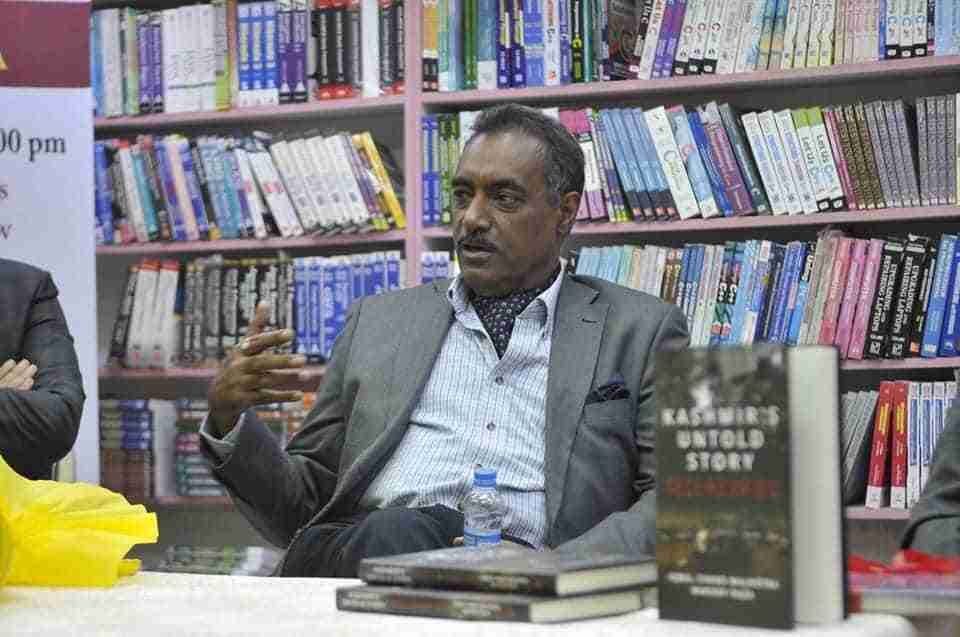Indo-US ties: Donald Trump’s agenda gives Pompeo’s visit little chance of success
US Secretary of State Mike Pompeo’s visit to India has come at a time when critics see Washington only keen to push its self-serving agenda by pitching India against China.
Washington/ New Delhi: As US Secretary of State Mike Pompeo makes his first visit to India this week after the re-election of Prime Minister Narendra Modi, the highest-ranking American diplomat will need to use all his negotiating skills to move the Indo-US ties forward. His immediate challenges will essentially require him to find answers to three key issues: first, a way forward as trade tensions are set to intensify between India and the US; second, to ease the impact on India’s economy and its development agenda if tensions continue to rise in the Gulf region leading to an upward spiral of oil prices; and finally, to get India firmly into the US military camp and to stall India’s plans to buy military equipment from Russia. All these issues are essentially a fallout of President Trump’s re-election agenda, that have been given a strategic colour to make it appear internationally acceptable. But can Mr Pompeo help serve India’s purpose? To understand that, we need to go into some more details.
After having mulled over the option of imposing retaliatory trade tariffs on the US, in the aftermath of the Trump administration imposing 25 to 10 per cent levies on all Indian steel and aluminium products, New Delhi has now announced tariffs on $241 million worth of imports from the US. And though this wouldn’t pinch the US hard enough – like its trade and tariff issues with the Chinese – it may upset some in the US enough to enhance more import barriers for Indian exports to the US. While New Delhi has brought down its trade surplus with the US, having increased its import of American shale gas that’s being pushed as an alternative to oil from the Gulf, India still enjoys a trade surplus with the US of $17 billon, and so Mr Trump’s team wants it further reduced. Perhaps, Mr Pompeo can be of help here.
As of now, New Delhi has been working to America’s advantage, whether it is to cut down on oil imports from Iran – with the US denying exemptions from sanctions to India and a few other countries – or even Venezuela, a long-established oil supplier to India, in the light of the US wanting a regime change in the Latin American country. Both these restrictions – essentially imposed to serve Mr Trump’s political agenda – along with rising tensions in the Gulf as the world braces for another military conflict, will see a rise in oil prices. This will not only impact the day-to-day interests of most Indians and but also the development goals of Mr Modi’s government. A rise in oil prices by $10 per barrel would bring down India’s GDP growth by 0.4 per cent and increase our current account deficit by $12 billion, as per experts and rating agencies. And this in turn will stall the plans Mr Modi’s government has made for social and development initiatives for the less affluent sections of India.
These are tricky issues, and it’s unlikely that Mr Pompeo can forge a deal in this visit to Delhi, except to hear the politicians and policy-makers in Delhi with all the attention they deserve. But his visit is not just about resolving these questions on how US policies will impact India’s economy, but how India can be drawn more into America’s security umbrella. The US has been keen for some years on making India’s military systems fully integrated into America’s. To achieve this, the US has been pushing India since 2012 to sign the ‘Foundation Agreements’ – all having hard to recall acronyms like LEMOA, COMCASA, GSOMIA and BECA – that is expected to pave the way for the sale of sensitive US military technologies to India. But in the same breath the US is also insisting that India must call off the $5 billion S-400 air defence systems deal that has been signed with Russia last year.
In fact, Mr Pompeo’s state department has just issued another warning to “US allies and partners, including India, to forgo transactions with Russia” that could risk the triggering of sanctions under CAATSA, a recent anti-Russia US law. While India has made it known that the S-400 cannot be called off (just like Turkey has done recently), the US would have to offer India substantial military technologies and on par if not cheaper than what India gets from the Russians. As of now, what the US had put on the table – except the recent offer of armed Guardian drones – were nowhere in comparison to strategically important military platforms that Russia has given to India like a nuclear submarine, apart from the indigenous production of T-90 tanks, the Sukhoi-30 MKI fighters and the BrahMos missiles, and the recent agreement to make AK-203 rifles in India. No wonder, India’s military still has over 60 per cent of its inventory from Russia.
In contrast, critics of the Indo-US ties see Washington only keen to push its self-serving agenda with India, by pitching India against China, as part of America’s new the Indo-Pacific strategy. No doubt India has a long-standing border dispute with the Chinese, but knowledgeable insiders say that China wants to engage India without the shadow of the US. And with the increasing dependence of Indians on cheaper Chinese products, with Beijing enjoying a much bigger trade balance, it would be left to India to solve this issue without any US help. Neither can India expect much more from the US in taming Pakistan soon enough.
Islamabad, at least in public perception, is now clearly outside the control of the US and is all but a vassal state of China. The only area where the US can arm twist Pakistan’s generals – who decide on its India policy and control its terror groups – is to treat them as glorified terrorists and to deny them and their families visas to the US and access to America’s education and health facilities. Only then will it be evident that the US is with India in its battle against terrorism. Unless the US is willing to give at least as much as it demands, Mr Pompeo’s visit will leave him with a lot to do, notwithstanding his optimism as he sent out his message on Mr Modi’s re- election, “Modi hai to mumkin hai”.


